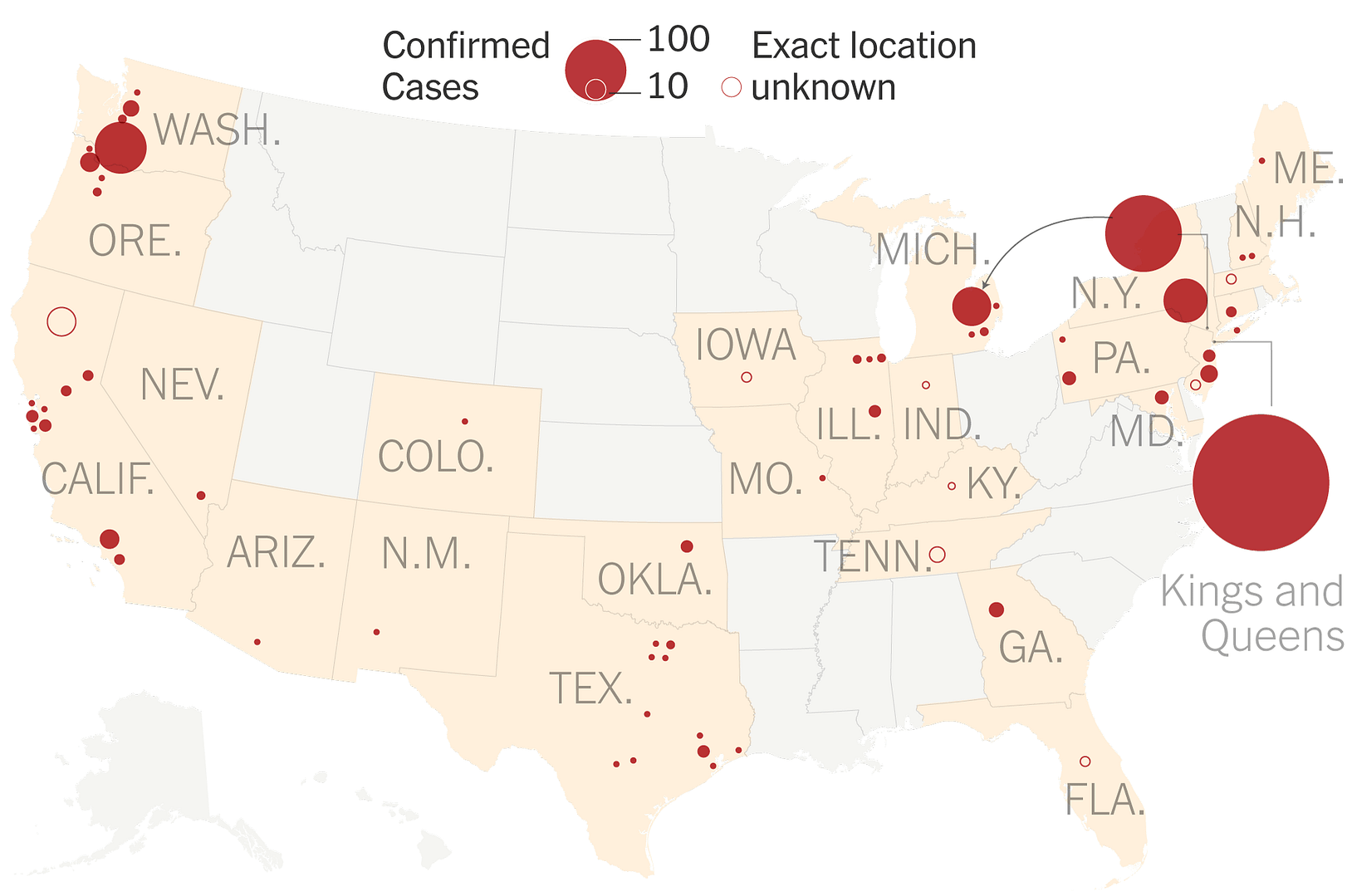The United States is currently experiencing measles outbreak, particularly in West Texas. As of February 27, 2025, the Centers for Disease Control and Prevention reported 164 cases across nine jurisdictions. The outbreak, which began in late January, has resulted in two fatalities, both of which involved unvaccinated individuals. This marks the first measles-related death in over a decade, raising concerns about vaccination rates and public health.
What Is Measles?
Who Is At Risk?
Unvaccinated individuals are at the highest risk for measles. Children under five years old, pregnant women, and those with compromised immune systems face increased chances of severe complications. The risk of complications is particularly high for malnourished children or those lacking sufficient vitamin A.
Signs and Symptoms of Measles
Symptoms typically appear 10 to 14 days after exposure. Initial signs include cough, runny nose, sore throat, fever, and red, watery eyes. Koplik’s spots may develop inside the mouth a few days later. A characteristic rash usually appears a few days after the initial symptoms and begins on the face, spreading to other parts of the body. The rash can last from five to seven days.
Complications of Measles
Measles can lead to various complications ranging from mild to severe. Common complications include ear infections, diarrhoea, pneumonia, and encephalitis. Pregnant women may experience premature birth or low birth weight in their infants. The World Health Organization states that most measles-related deaths arise from these complications.
Treatment for Measles
There is no specific antiviral treatment for measles. Management focuses on supportive care, including rest, hydration, and nutrition. Vitamin A supplements may be provided to reduce complications. Antibiotics can treat secondary infections. The illness typically lasts between 10 to 14 days without complications.
Prevention of Measles
Vaccination is the most effective prevention method against measles. The measles vaccine is safe and effective, administered in two doses. The first dose is given between nine months and 15 months of age, with a second dose between 15 and 18 months. High vaccination coverage (95% or more) is essential for community immunity.

Leave a Reply